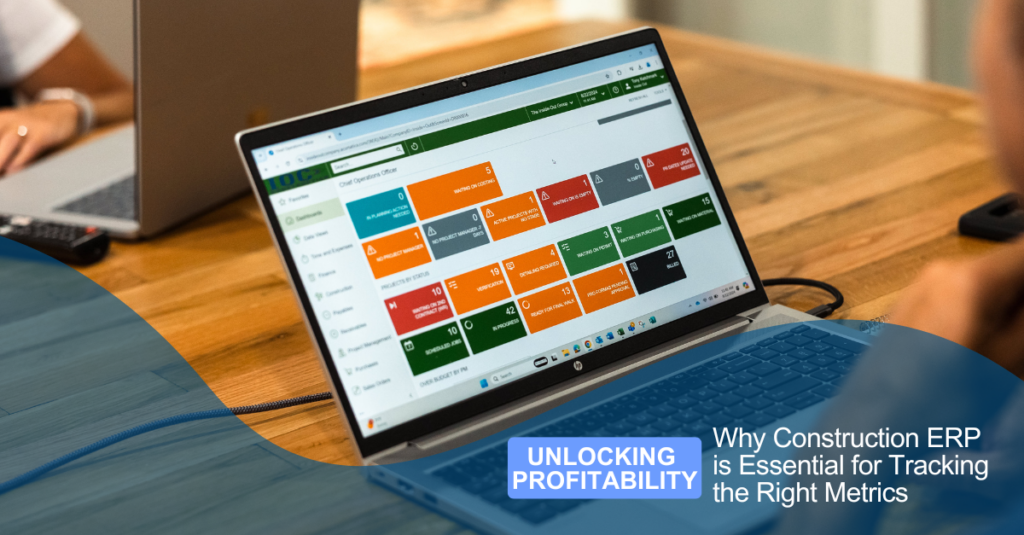 Last night while watching game seven of the World Series I couldn’t help but notice how each team had optimized their rosters utilizing the “Moneyball” tactic – an approach to competition that emphasizes rigorous statistical analysis of player performance to field a team that can better compete against richer competitors. I quickly realized that this same “Moneyball” tactic was already being utilized by the top performing construction firms. As the competitive business market continues to stiffen, top performing construction owners and project managers are utilizing Key Performance Indicators (KPIs), metrics and project analytics – displayed in the form of easy to comprehend dashboards – to increasingly improve project performance and profitability. Let’s examine some common construction KPI dashboards that your organization can implement to help you win your next championship.
Last night while watching game seven of the World Series I couldn’t help but notice how each team had optimized their rosters utilizing the “Moneyball” tactic – an approach to competition that emphasizes rigorous statistical analysis of player performance to field a team that can better compete against richer competitors. I quickly realized that this same “Moneyball” tactic was already being utilized by the top performing construction firms. As the competitive business market continues to stiffen, top performing construction owners and project managers are utilizing Key Performance Indicators (KPIs), metrics and project analytics – displayed in the form of easy to comprehend dashboards – to increasingly improve project performance and profitability. Let’s examine some common construction KPI dashboards that your organization can implement to help you win your next championship.
Examples of Construction KPI Dashboards
- Labor Costs: Actual Versus Baseline. Tracking and monitoring actual labor costs vs. baseline labor costs is a great way to monitor the overall health and profitability of your projects. On-screen dashboards and advanced reporting utilities allow project managers to compare original cost estimates, actual costs, projected costs and understand variances between labor costs, anytime, in detail throughout the life of the project.
- Estimate at Completion / Estimate to Complete. Schedule based metrics help your project managers to determine if projects are on budget and scheduled to finish within the overall budget. Tracking Estimate at Completion and Estimate to Complete in real-time allows project managers to add predictability to projects by forecasting the amount of money that will actually be spent on each project. Remember:
- Estimate at Completion is the forecasted cost of the project, as the project progresses.
- Estimate to Complete is a forecast of how much more money will need to be spent to complete the project.
- Quality Control. In order to consistently manage championship level projects, it is critical that our construction KPI dashboards are proactive as well as reactive. One way to accomplish this is to utilize key indicators to improve the quality of completed jobs. Projects with quality control issues often miss inspections and fall short on appropriate documentation. Consider creating construction KPI dashboards to monitor:
- Number of inspections
- Level of engineer or architect involvement
- Overage, Shortage and Damage reports
- Subcontractor records and qualifications
- Safety. A project accident or fatality can ruin the hard-built reputation of a construction company. A predictive construction KPI dashboard can help project managers create safe, OSHA prepared projects. Safety KPIs include:
- Number of safety meetings
- Communication and notification tracking
- Personnel safety records
- Project-by-project OSHA self-audit grading
Develop Your Own Construction KPIs
These are just a few examples of construction KPI dashboards championship level firms utilize to help their project managers navigate their busy schedules with real-time information. We would love to hear from you! Comment below to share with us the metrics or KPIs your firm is tracking.






